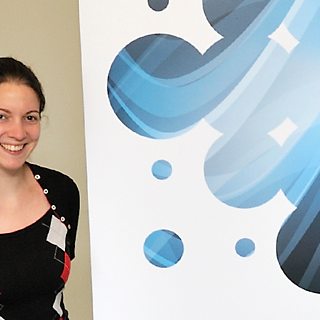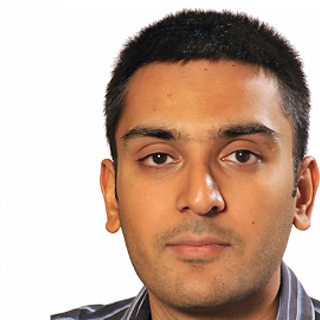Abstract
High dynamic range (HDR) television offers greater contrast and more immersive images than conventional television, and as such it is an important part of the overall ultra-high definition television package. Standardisation is now complete, and the industry is taking the first steps in HDR programme production. The extended dynamic range and brighter screens associated with HDR make sudden jumps in brightness possible. To ensure consistency between programmes and to avoid uncomfortable brightness shifts at programme junctions, some production guidelines are needed for HDR brightness, just as guidelines have been necessary for audio loudness.
In order to develop production guidelines for brightness, brightness perception must be understood. In this paper we report the results of subjective tests that measured the overall perceived brightness of a set of HDR images. We then propose ten classes of potential objective metric that relate the displayed pixel luminance levels to the overall subjective brightness level, and evaluate them using our test results as ground truth. The most effective metrics tested are the mean of the pixel luminances, the mean of the pixel luminances raised to the power of 0.82, and the 96th percentile of pixel luminances, all of which performed similarly well. The mean displayed pixel luminance is preferred, since it is the simplest to implement. The effectiveness of these simple objective metrics suggests that real-time brightness monitoring in production is a realistic goal.
This paper was originally published in the Ninth International Conference on Quality of Multimedia Experience (QoMEX), Erfurt, Germany, May-June 2017. ©IEEE. It has been updated to reflect developments in HDR standards since the original publication.
See https://ieeexplore.ieee.org/document/7965633
White Paper copyright
© ±«Óãtv. All rights reserved. Except as provided below, no part of a White Paper may be reproduced in any material form (including photocopying or storing it in any medium by electronic means) without the prior written permission of ±«Óãtv Research except in accordance with the provisions of the (UK) Copyright, Designs and Patents Act 1988.
The ±«Óãtv grants permission to individuals and organisations to make copies of any White Paper as a complete document (including the copyright notice) for their own internal use. No copies may be published, distributed or made available to third parties whether by paper, electronic or other means without the ±«Óãtv's prior written permission.


